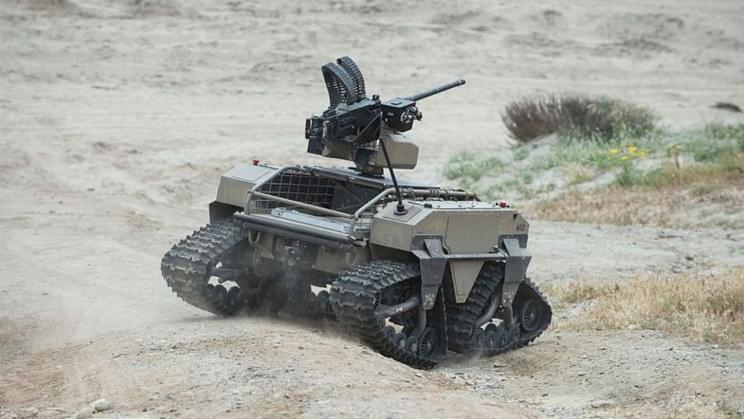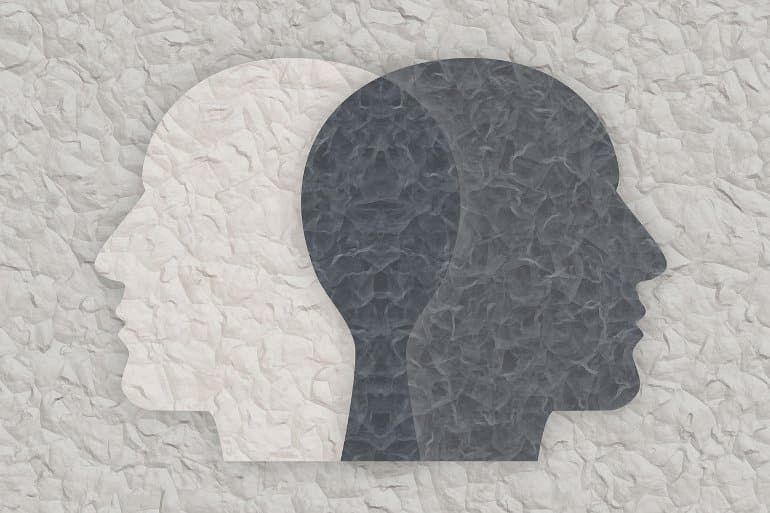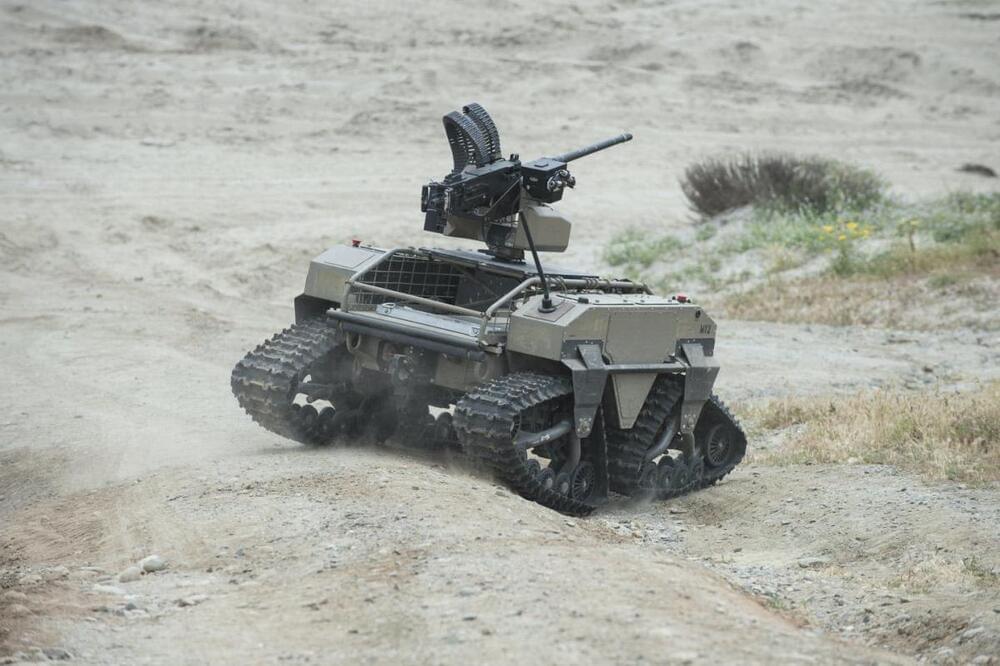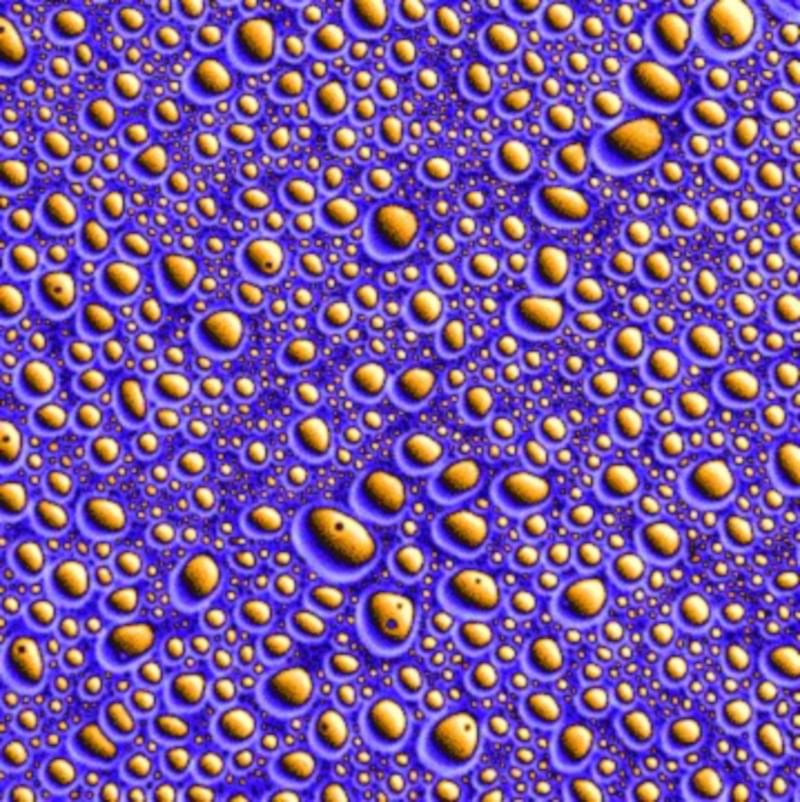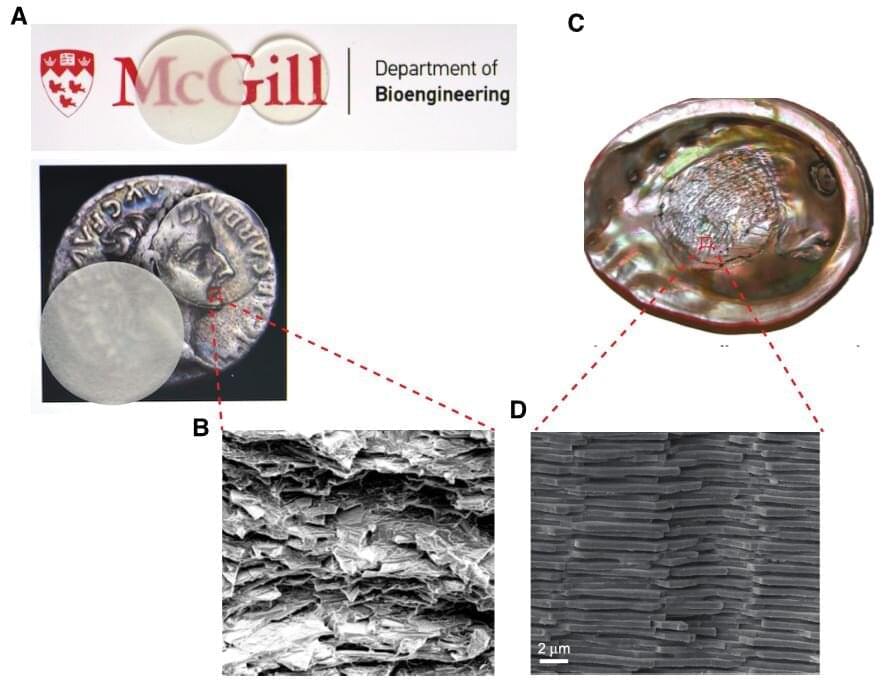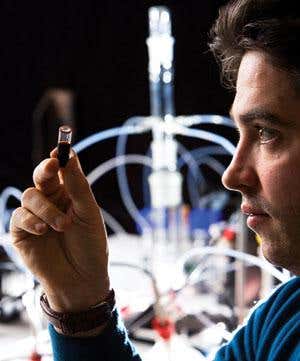Oct 3, 2021
Could Autonomous Robots Be More Dangerous than Nukes?
Posted by Gemechu Taye in categories: biological, chemistry, law, military, policy, robotics/AI
Without a new legal framework, they could destabilize societal norms.
Autonomous weapon systems – commonly known as killer robots – may have killed human beings for the first time ever last year, according to a recent United Nations Security Council report on the Libyan civil war. History could well identify this as the starting point of the next major arms race, one that has the potential to be humanity’s final one.
Autonomous weapon systems are robots with lethal weapons that can operate independently, selecting and attacking targets without a human weighing in on those decisions. Militaries around the world are investing heavily in autonomous weapons research and development. The U.S. alone budgeted US$18 billion for autonomous weapons between 2016 and 2020.
Continue reading “Could Autonomous Robots Be More Dangerous than Nukes?” »
